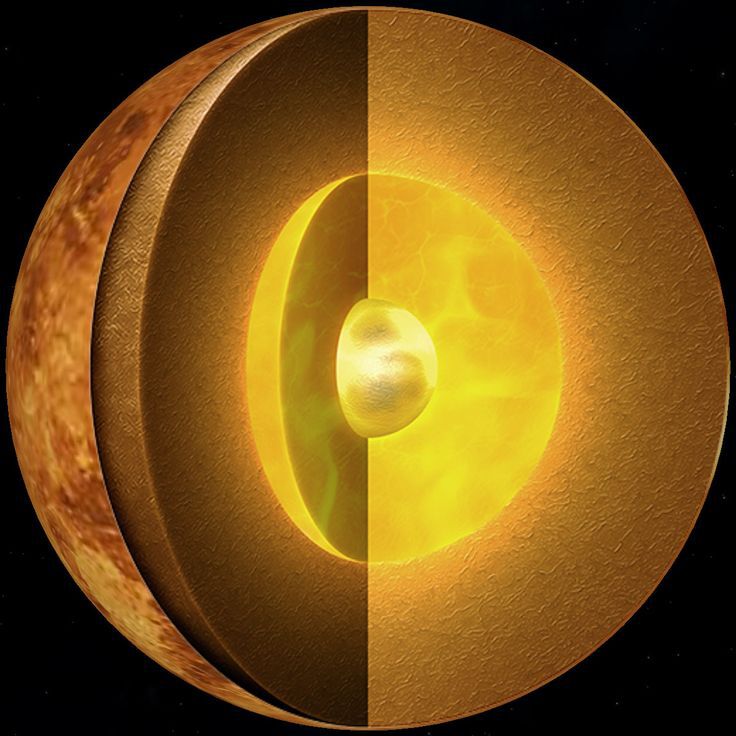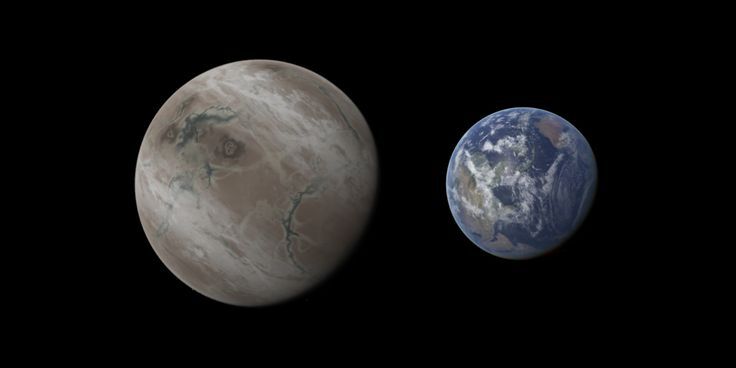Introduction
TOI-715 b, an intriguing exoplanet discovered in 2019, has captured the attention of astronomers and space enthusiasts worldwide. Located approximately 100 light-years away in the constellation of Draco, this celestial body offers a unique opportunity to study the diverse range of planets that exist beyond our solar system. In this blog, we will delve into the fascinating features of TOI-715 b, its discovery, and the implications of its existence on our understanding of the universe.
Discovery of TOI-715 b
TOI-715 b was identified by NASA’s Transiting Exoplanet Survey Satellite (TESS), a space-based telescope designed to search for exoplanets using the transit method. This technique involves monitoring the brightness of stars for periodic dips, which indicate the presence of planets passing in front of them. In the case of TOI-715 b, scientists observed a 1.4% drop in the star’s brightness, indicating the presence of a planet with a diameter about 2.7 times that of Earth.
Characteristics of TOI-715 b
Orbiting around a star known as TOI-715, a red dwarf, TOI-715 b completes one orbit every 10.6 Earth days. Its proximity to its host star has led scientists to classify it as a “hot Saturn” due to its size and the extremely high temperatures it experiences. The exoplanet’s surface temperature is estimated to be around 460 degrees Celsius (860 degrees Fahrenheit), making it far too hot for any known life forms to survive.

Despite its inhospitable conditions, TOI-715 b’s atmosphere has proven to be a rich subject of study. Researchers have detected water vapor, carbon dioxide, and hydrogen in its atmosphere, providing valuable insights into the planet’s composition and potential for habitability in the distant future.
Implications for Exoplanet Research
The discovery of TOI-715 b has significant implications for our understanding of exoplanets and the broader universe. Firstly, it highlights the diverse range of planets that exist beyond our solar system, further expanding our knowledge of the cosmos. Secondly, the detection of water vapor in its atmosphere suggests that TOI-715 b could have once possessed liquid water on its surface, a crucial ingredient for life as we know it.
Moreover, the discovery of TOI-715 b reinforces the importance of continued exoplanet research. As we uncover more about these distant worlds, we gain a better understanding of the conditions necessary for life and the potential for discovering other Earth-like planets in the future.
Conclusion

TOI-715 b, with its unique characteristics and intriguing mysteries, serves as a testament to the endless wonders that await us in the cosmos. As we continue to explore the universe, discoveries like this exoplanet remind us of the vastness of space and the importance of pursuing scientific knowledge to better understand our place in the cosmic tapestry. The study of TOI-715 b and other exoplanets will undoubtedly lead to groundbreaking advancements in our understanding of the universe and our search for life beyond Earth.

